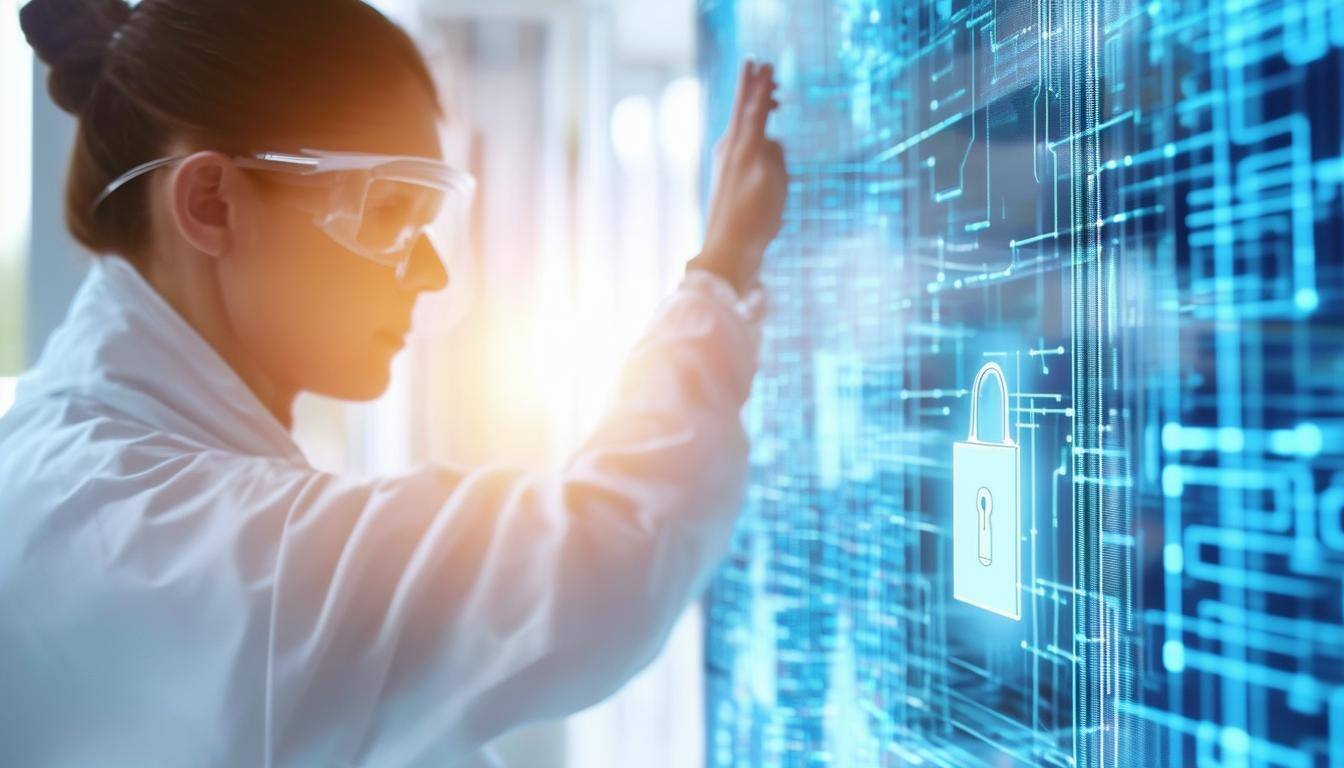Digital Defense: Essential Security Practices for Remote Workers
The surge of remote work has reshaped the contemporary work landscape, bidding farewell to the era of inflexible office hours and daily commutes here...
3 min read
Jeff : Aug 14, 2024 12:55:00 PM
The age-old threat of phishing has now evolved into a more dangerous form with the introduction of AI. Enter Phishing 2.0 - smarter, more convincing, and incredibly difficult to detect. Recognizing and addressing this new menace is of utmost importance.
A recent study found a 60% increase in AI-driven phishing attacks. This is a wake-up call that phishing is only getting worse. Here’s how AI is amplifying phishing and what you can do to protect yourself and your business in Orange County.
Phishing initially started with simple mass emails, hoping to lure in unsuspecting victims. These emails were often filled with grammatical errors and obvious falsehoods, making them easy to recognize.
However, the landscape has evolved significantly. Attackers have now turned to AI to enhance their strategies, allowing them to create more convincing messages tailored to specific individuals. This technological advancement has made phishing attacks even more potent and successful.
AI can analyze huge amounts of data. It studies how people write and speak. This helps it create realistic phishing messages. These messages sound like they come from a real person. They mimic the tone and style of legitimate communications. This makes them harder to spot.
AI can gather information from social media and other sources. It uses this information to create personalized messages. These messages mention details about your life. They might reference your job, hobbies, or recent activities. This personalization increases the chances that you'll believe the message is real.
Spear phishing targets specific individuals or organizations. It's more sophisticated than regular phishing. AI makes spear phishing even more dangerous. It helps attackers research their targets in depth. They can craft highly tailored messages. These messages are hard to distinguish from legitimate ones.
AI streamlines various elements of phishing by rapidly sending out thousands of phishing messages. Additionally, it has the capability to adjust messages according to responses. In cases where a recipient clicks a link but refrains from providing information, AI can promptly dispatch a follow-up email. This persistent approach significantly boosts the chances of a successful phishing attempt.
Deepfakes use AI to create realistic fake videos and audio. Attackers can use deepfakes in phishing attacks. For example, they might create a video of a CEO asking for sensitive information. This adds a new layer of deception. It makes phishing even more convincing.
AI makes phishing more effective. More people fall for these sophisticated attacks. This leads to more data breaches. Companies lose money. Individuals face identity theft and other issues.
Traditional phishing detection methods struggle against AI-enhanced attacks. Spam filters may not catch them. Employees may not recognize them as threats. This makes it easier for attackers to succeed.
AI-enhanced phishing can cause more damage. Personalized attacks can lead to significant data breaches. Attackers can gain access to sensitive information. They can also disrupt operations. The consequences can be severe.
Always be skeptical of unsolicited messages. Even if they appear to come from a trusted source. Verify the sender’s identity. Don’t click on links or download attachments from unknown sources.
Look for red flags in emails. These might include generic greetings, urgent language, or requests for sensitive information. Be cautious if the email seems too good to be true.
MFA adds an extra layer of security. Even if an attacker gets your password, they’ll need another form of verification. This makes it harder for them to access your accounts.
Education is key. Learn about phishing tactics. Stay informed about the latest threats. Share this knowledge with others. Training can help people recognize and avoid phishing attacks.
Never provide sensitive information via email. If you receive a request, verify it through a separate communication channel. Contact the person directly using a known phone number or email address.
Invest in advanced security tools. Anti-phishing software can help detect and block phishing attempts. Email filters can screen out suspicious messages. Keep your security software up to date.
Report phishing attempts to your IT team or email provider. This helps them improve their security measures. It also helps protect others from similar attacks.
Email authentication protocols like SPF, DKIM, and DMARC help protect against email spoofing. Ensure these protocols are enabled for your domain. This adds an extra layer of security to your emails.
Conduct regular security audits. This helps identify vulnerabilities in your systems. Addressing these vulnerabilities can prevent phishing attacks.
Phishing 2.0 is a serious threat. AI amplifies the danger, making attacks more convincing and harder to detect. Have you had an email security review lately? Maybe it’s time. This is one of the many things we can help you with here at Newport Solutions.
About Newport Solutions
Newport Solutions has been helping small businesses in Orange County, CA for almost 20 years. Our dedicated team provides comprehensive IT services, ensuring your business operates smoothly and efficiently. From IT support to cybersecurity, we've got you covered. Discover how we can become your business's IT department today.
We proudly serve the following areas: Newport Beach, Irvine, Costa Mesa, and the greater Orange County region.

The surge of remote work has reshaped the contemporary work landscape, bidding farewell to the era of inflexible office hours and daily commutes here...

Have you ever wondered how many phishing scams your team faces every single day? The answer might be more alarming than you think.

Cyber hygiene is super important. It’s like brushing your teeth but for your online life.